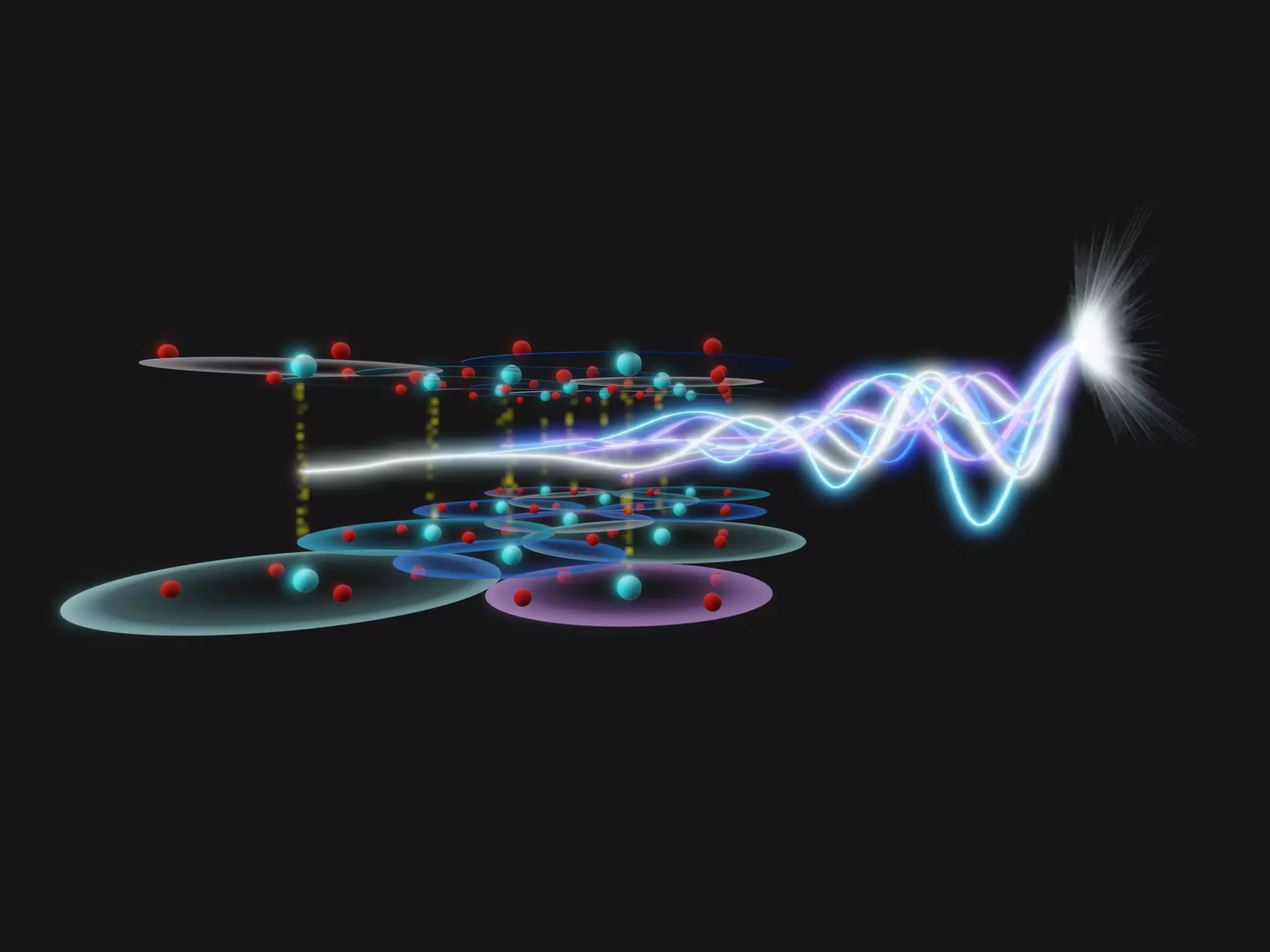Superconductors, materials capable of conducting electricity without resistance, play a pivotal role in advancing technology and facilitating a myriad of applications across various sectors. Traditional methods for studying disorder in these materials often fall short, primarily due to temperature constraints and the inherent challenges associated with measuring fine spatial resolutions. A recent breakthrough from a collaborative team of researchers at the Max Planck Institute for the Structure and Dynamics of Matter (MPSD) and Brookhaven National Laboratory has emerged, proposing a novel technique that harnesses terahertz light pulses to investigate the disorder in superconductors, shedding light on previously uncharted territories of condensed matter physics.
Disorder refers to the variations that occur in the chemical composition and structural framework of superconducting materials. High-temperature superconductors, such as the popular cuprate materials, often owe their exceptional properties to such variations — known as chemical doping. However, establishing a clear link between disorder and its effects on superconducting properties has been problematic. Conventional techniques like scanning tunneling microscopy, which require extremely low temperatures, limit researchers from exploring this relationship adequately near the superconducting transition temperature. As a result, comprehensively understanding how disorder affects superconducting behaviors has remained a challenging endeavor.
Inspired by multi-dimensional spectroscopy techniques from nuclear magnetic resonance, the team innovatively adapted these methods for terahertz frequency ranges. This adaptation allows researchers to probe the collective oscillation modes of solids, providing more insights into the material properties. In their groundbreaking study, the researchers employed a two-dimensional terahertz spectroscopy (2DTS) technique in a unique non-collinear angle geometry for the first time, which supersedes the limitations posed by conventional methods. Utilizing intense terahertz pulses, they could sequentially excite the targeted material, offering a fresh perspective on the disordered states in cuprate superconductors.
The specific material studied, La1.83Sr0.17CuO4, is notorious for its opacity and limited light transmission capability. The ingenious angle-resolved design allowed the researchers to differentiate between various terahertz nonlinearities based on their emission directions. This breakthrough led to the observation of unique features in superconducting transport, coining the term “Josephson echoes” to describe phenomena where superconducting behavior was revitalized upon excitation by terahertz pulses. The discovery of these echoes underscores a more nuanced understanding of the connection between disorder and superconductivity.
The findings from the angle-resolved 2DTS technique revealed that the level of disorder affecting superconducting transport is considerably less than what has been indicated by spatially resolved techniques like scanning tunneling microscopy. Surprisingly, the disorder remained stable even as the temperature approached 70% of the superconducting transition temperature, showcasing a resilience that has not been thoroughly examined before. This discovery prompts significant questions regarding the thermodynamic character of disorder in superconductors and challenges long-held beliefs about how chemical variations impact superconducting states.
These pioneering experiments by the MPSD researchers open a promising avenue for further exploration in the realm of superconductivity and beyond. With the technique’s potential to apply angle-resolved terahertz spectroscopy to other superconducting materials and broader quantum systems, the implications of this study can expand considerably. The ultrafast capabilities of 2DTS foster an opportunity to understand transient states of matter that were previously too fleeting to observe with traditional techniques.
The integration of terahertz pulses into superconductivity research marks a significant advancement that redefines our approach to studying disorder in superconductors. By bridging gaps in technology and understanding, this innovative research serves not just the academic realm but also the technological landscape that benefits from breakthroughs in superconductivity. The path forward promises exciting challenges, with the research community now better equipped to unravel the complexities of superconducting materials and their underlying physics.

